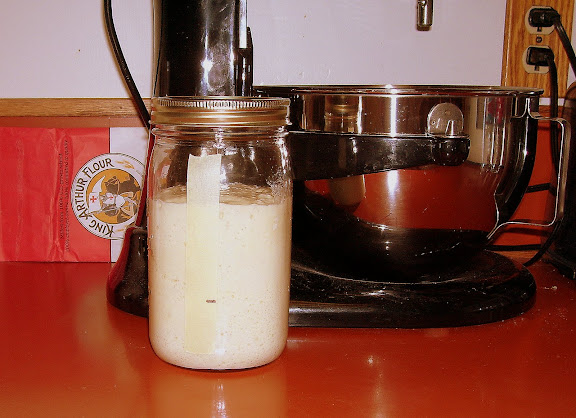SAF Gold Instant Yeast
I currently use SAF instant yeast. However, in King Arthur's recent catalog they list a yeast that I haven't seen before; SAF Gold instant yeast (page 11: "yeast", olive colored rectangle). The ad write-up states: "saf gold instant yeast Specially formulated to provide the very best rise in doughs high in sugar (sweet breads) or acid (sourdough) 15.86 oz. - [item no.] 1457 $6.95"
Has anyone had experience using this yeast in a sourdough? If so, please post a short note re: results.
- Log in or register to post comments
- 17 comments
- View post
- holds99's Blog
